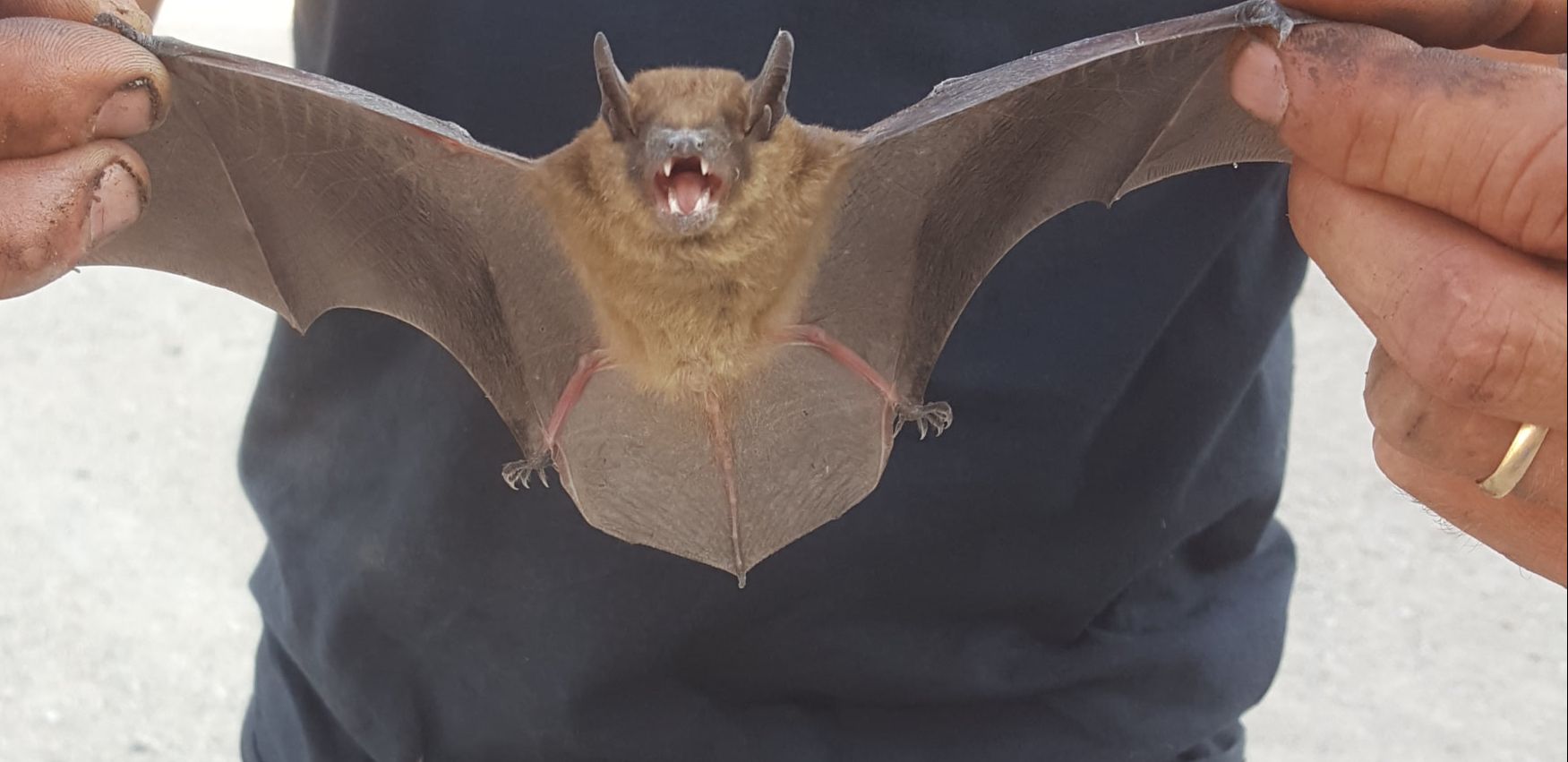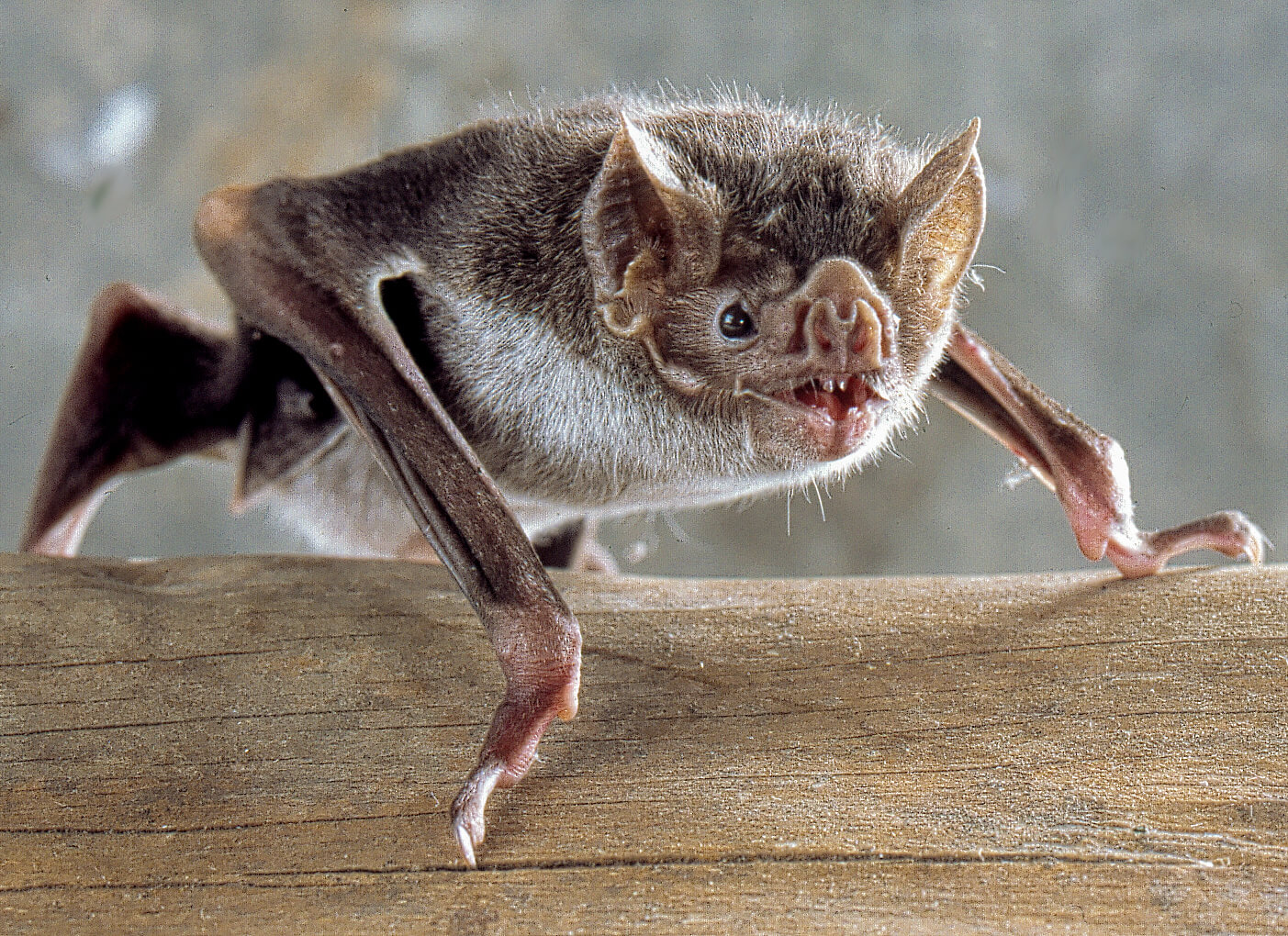The Single Strategy To Use For Understanding Issues With Bats - Terminix

The Greatest Guide To Bats in Houses
The females form large maternity nests, frequently in structures such as attics or barns. Young are born in June, and can zip August. They can measure up to thirty years obviously, though average life expectancy in the wild may have to do with 7 years. They hibernate in the winter season. The (Eptesicus fuscus) is likewise typical in the northern areas.
They mate in October, before winter season hibernation, and after a postponed fertilization and a 60 day gestation, give birth to a couple of baby bats in early June. The Tadarida brasiliensis prevails in the south. It has a wingspan of about 8 inches, a weight of half an ounce, and can live up to 16 years.

Selecting the Best Bat Removal Professional - Modern Pest

Bat Removal - Animal Proofers Wildlife Pest Control, Removal, & Prevention 678-768-7235
They mate in the fall, but hold-up fertilization, and one pup is born in early June, and can fly about 8 weeks later on. All of these bats typically roost in manufactured structures, and enjoy the attics of houses. None of these animals are actually blind, but they do use echolocation in order to aid in navigation on the wing.

The Best Strategy To Use For Bat Removal Fargo ND - Best Bat Extermination Service Fargo
Read About Colonizing Bats types details. Bats are nighttime. They sleep in roosts during the daytime, and emerge at sunset. If it's a colony of bats residing in a structure, they crawl to the edge, and fly out. First they head for water and get a beverage, skimming the surface area on the wing.
After a while they get complete and head back to the roost in order to rest. They then fly back out to feed some more. Bat Pest Control might make a number of trips per night. Bats use echolocation in order to help in navigation and feeding on the wing. They produce high-pitched chirps and read the sonar-like returns of the acoustic waves as they recuperate off of items.
These nests are made up mostly of females. The males roost alone in solitary locations, such as trees. The women form substantial clusters, very frequently in man-made architecture such as church towers, attics, bridges, etc. They tolerate and even prefer very heats. Many of the southern bats migrate to different locations as environments alter.
